27.03.2023
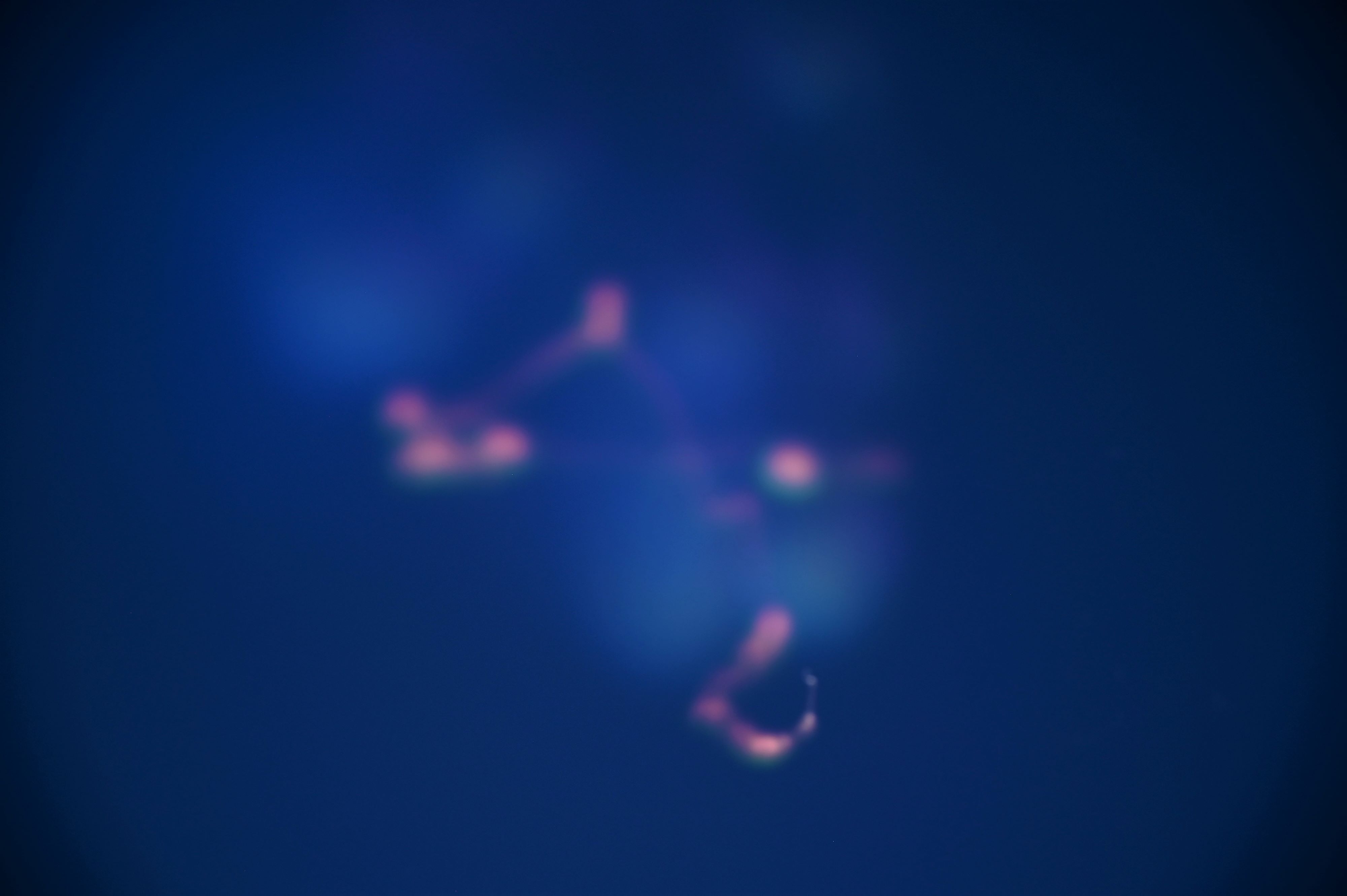
At 7.23 pm (CET) on 23 March, the sounding rocket BROR was launched from Esrange Space Center to an altitude of 240 km where it created a spectacular auroral light show on the evening sky. The research will deepen our knowledge about northern lights and space weather and how they affect us on Earth.
“This was probably one of the most beautiful rocket launches I have experienced from Esrange. But more importantly, this research will pave the way for a deeper understanding of space weather, the phenomenon of aurora and how it affects space infrastructure which is crucial for our societies on Earth. I’m proud of the SSC team that designed the payload and launched the BROR rocket for the scientists at IRF,“ says Krister Sjölander, Vice President Science Services and Head of Payloads & Flight Systems at SSC.
The data from the experiment will be used by IRF scientists in Kiruna to study conditions in near-Earth space which is an important piece of the aurora research puzzle that can enable better forecasts of the Sun’s activity and how its solar wind of charged particles affect critical infrastructure on Earth and satellites.
“I am very happy that our scientific experiment BROR worked out great. We have obtained important results. I hope that an analysis of the obtained data will allow us to take another step in understanding such an amazing phenomenon as the aurora. am eternally grateful to all the participants in the experiment,” says Tima Sergienko, IRF Scientist and Principal Investigator for the BROR scientific experiment.
This mission is funded by the Swedish National Space Agency (SNSA) and prepared in collaboration with Swedish Institute of Space Physics (IRF), DLR MORABA, EISCAT and Clemson University.
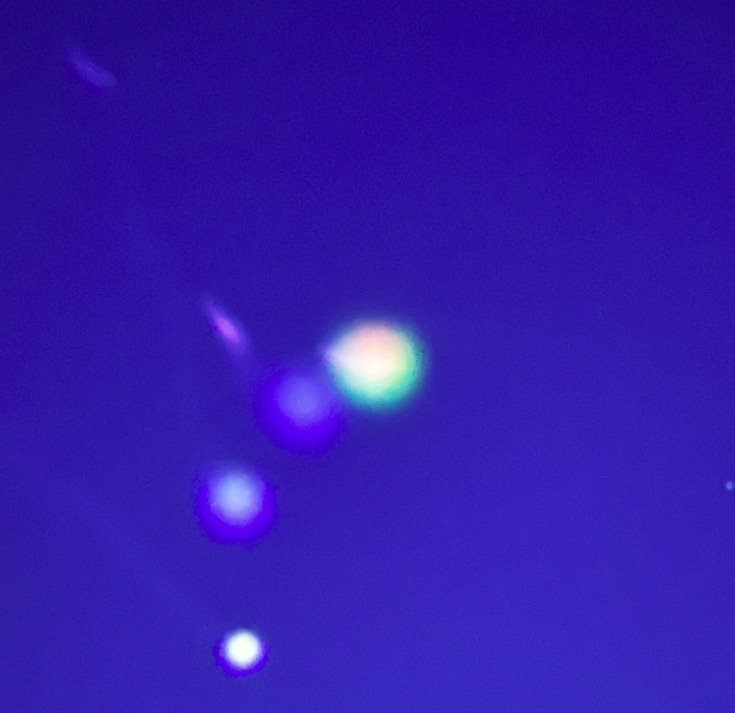
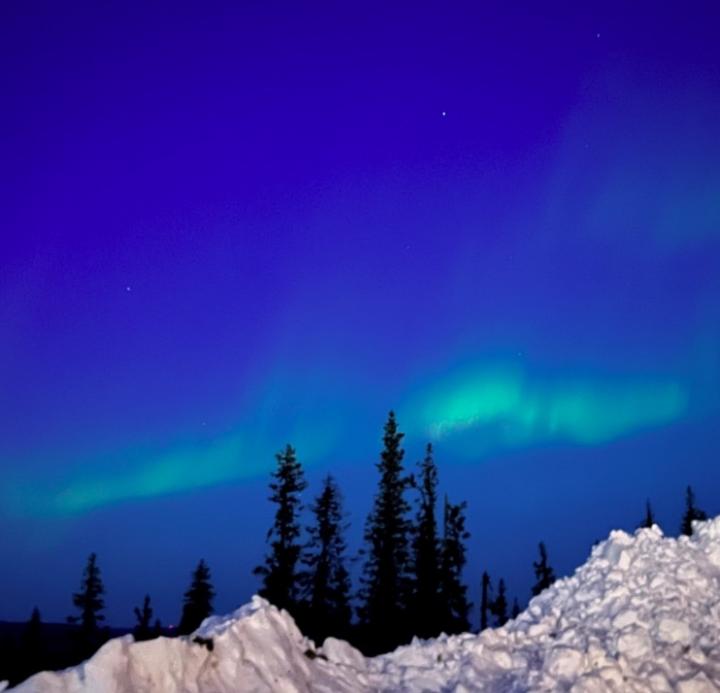
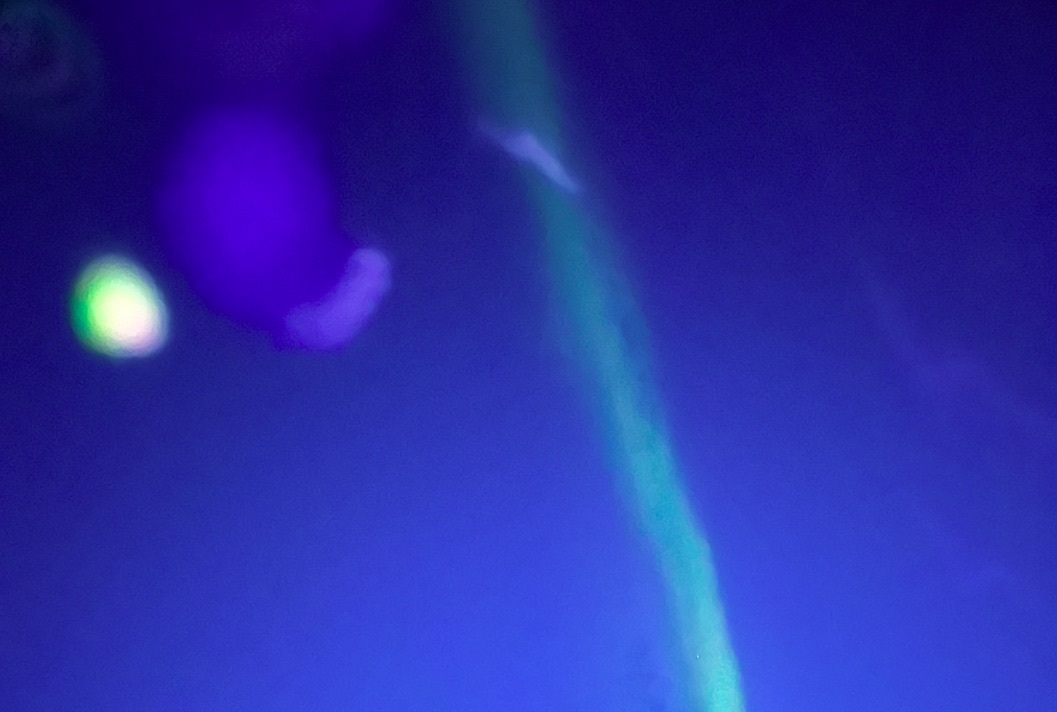
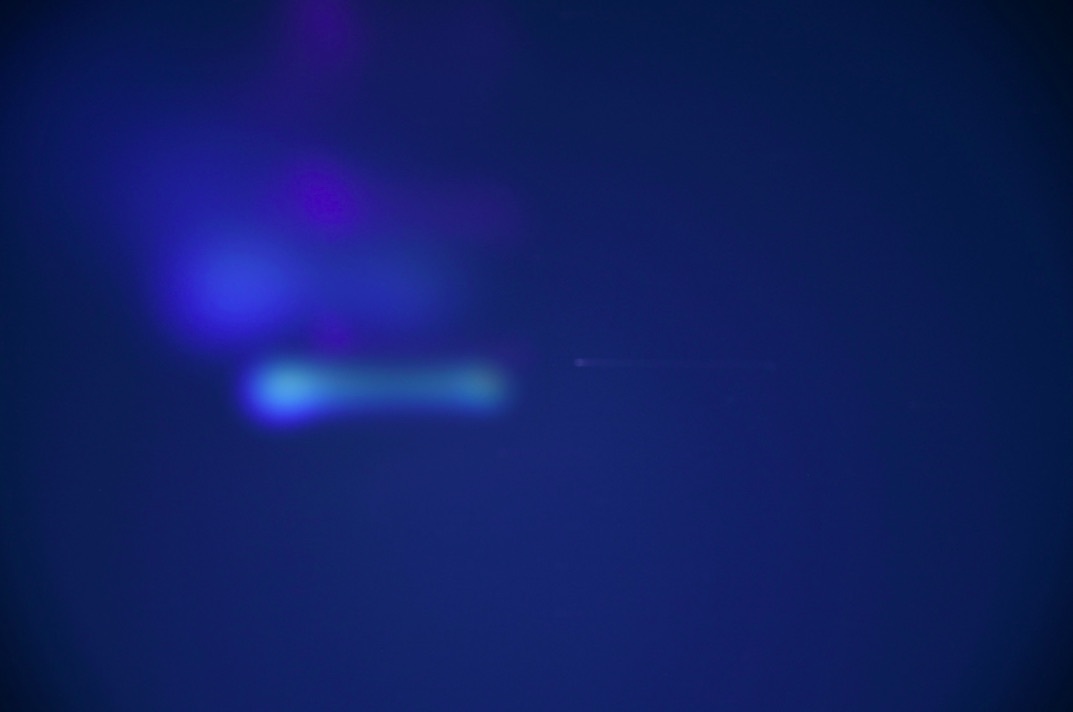
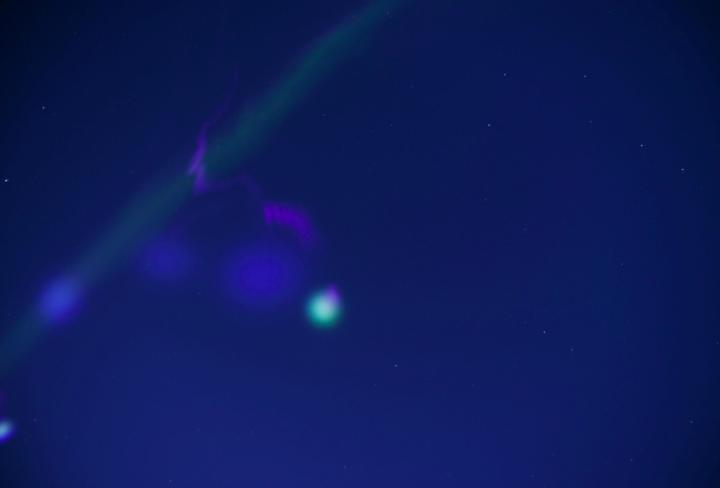
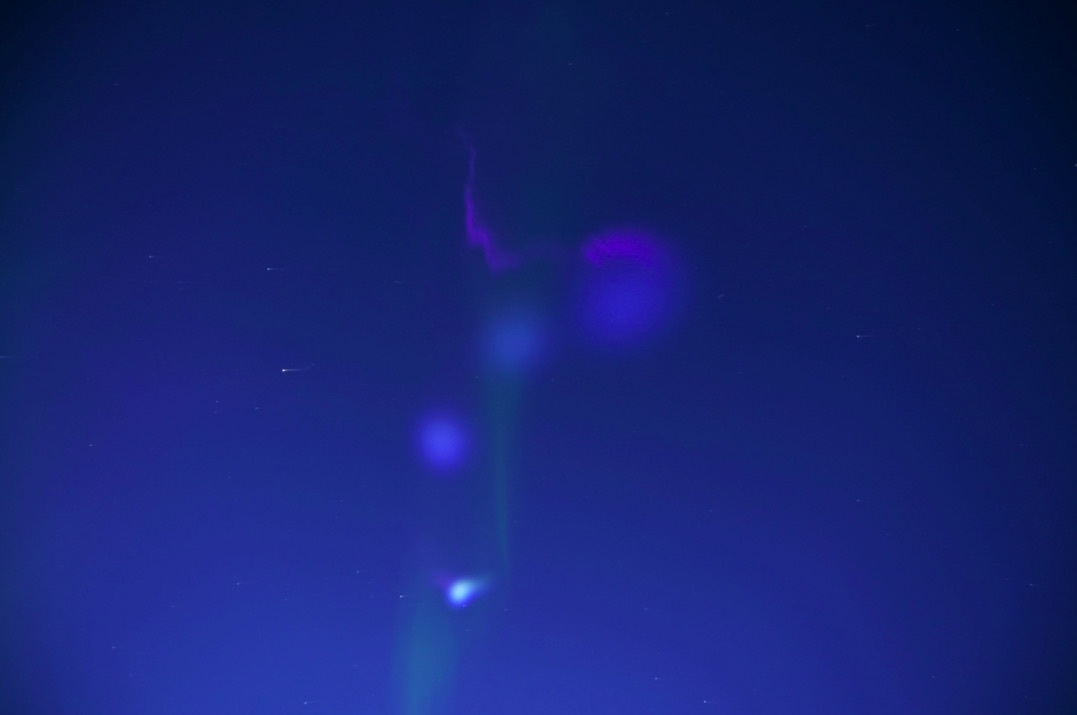

Quelle: SSC Esrange
